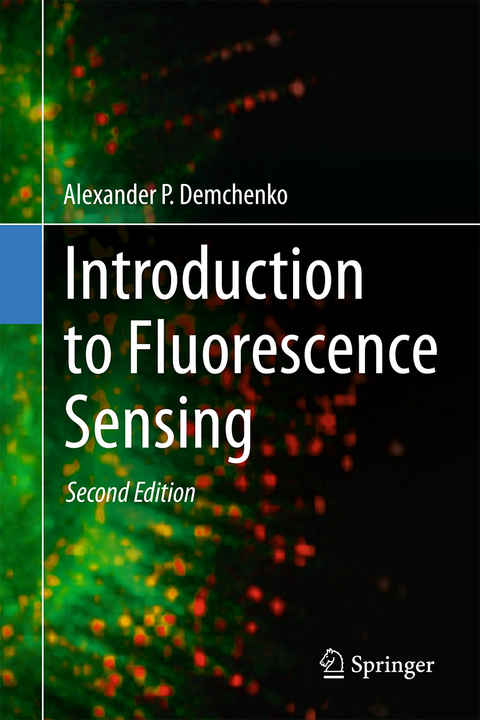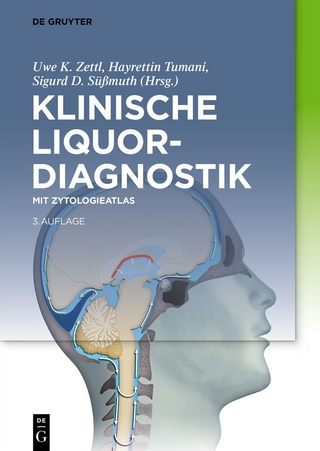
Introduction to Fluorescence Sensing
Springer International Publishing (Verlag)
9783319207797 (ISBN)
- Titel erscheint in neuer Auflage
- Artikel merken
Chapter 1. Introduction
Chapter 2. Basic principles
2.1. Overview of strategies in molecular sensing
2.2. Labeled targets in fluorescence assays
2.3. Competitor displacement assays
2.4. Sandwich assays
2.5. Catalytic biosensors
2.6. Direct reagent-independent sensing
Sensing and thinking: How to make the best sensor? Comparison of basic principles
Chapter 3. Theoretical aspects
3.1. Parameters that need to be optimized in every sensor
3.2. Determination of binding constants
3.3. Modeling the ligand binding isotherm
3.4. Kinetics of target binding
3.5. Formats for fluorescence detection
Sensing and thinking: How to provide the quantitative measure of target binding?
Chapter 4. Fluorescence detection techniques
4.1. Fluorescence fundamentals
4.2. Intensity-based sensing
4.3. Anisotropy-based sensing and polarization assays
4.4. Lifetime-based fluorescence response
4.5. Excimer and exciplex formation
4.6. Förster resonance energy transfer (FRET)
4.7. Wavelength-shift sensing
4.8. Two-band wavelength-ratiometric sensing with a single dye
Sensing and thinking: The optimal choice of fluorescence detection technique
Chapter 5. Molecular-size fluorescence emitters
5.1. Fluorophores and their characteristics
5.2. Organic dyes as labels and tags
5.3. Organic dyes as fluorescence reporters
5.4. Visible fluorescent proteins
5.5. Luminescent metal complexes
5.6. Few-atom clusters of noble metals
Sensing and thinking: Which molecular reporter to choose for particular needs?
Chapter 6. Nanoscale fluorescence emitters
6.1. Introduction to light emitting nano-world
6.2. Dye-doped nanoparticles and dendrimers
6.3. Conjugated polymers
6.4. Fluorescent carbon nanostructures
6.5. Semiconductor quantum dots
6.6. Up-converting nanocrystals
Sensing and thinking: Nanoscale emitters, what are the advantages?
Chapter 7. Fluorescent nanocomposites
7.1. Fluorescence enhancement and quenching in nanocomposites
7.2. Modulation of emission parameters in multi-fluorophore systems
7.3. Optical choice of FRET donors and acceptors
7.4. Wavelength referencing, multiplexing and multicolor coding
| Erscheint lt. Verlag | 20.10.2015 |
|---|---|
| Zusatzinfo | XXXI, 794 p. 302 illus., 236 illus. in color. |
| Verlagsort | Cham |
| Sprache | englisch |
| Maße | 155 x 235 mm |
| Themenwelt | Medizin / Pharmazie ► Medizinische Fachgebiete ► Laboratoriumsmedizin |
| Naturwissenschaften | |
| Schlagworte | cell and tissue sensing • fluorescence assays • fluorescence reporters • Fluorescence sensing • Fluorescence spectroscopy |
| ISBN-13 | 9783319207797 / 9783319207797 |
| Zustand | Neuware |
| Informationen gemäß Produktsicherheitsverordnung (GPSR) | |
| Haben Sie eine Frage zum Produkt? |
aus dem Bereich



